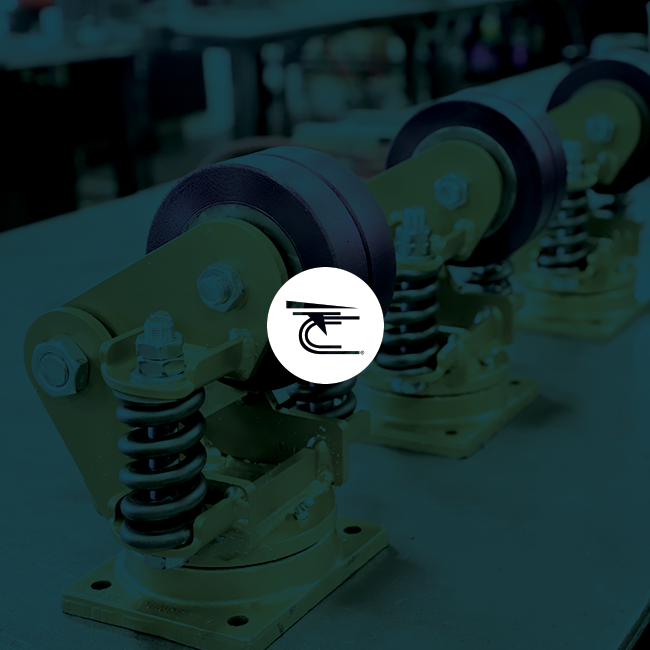

Snow, ice, and rain are upon us in many parts of the country, and that means the risk for accidents in the workplace is at a peak. Fortunately, there are things you can do to help keep your employees safe during the winter. This includes keeping sidewalks and walkways clear, utilizing the right outdoor casters, and having regular safety meetings as part of your weekly routine.
The National Safety Council reports that 25,000 slips and falls occur each day in the US. Snow, ice, and freezing temperatures increase the risk a great deal, particularly for workers who utilize machinery, climb poles, use ladders, or work on scaffolding. Back in 2014, nearly 42,500 workplace injuries required at least one day away from work for recovery. And most of these injuries occurred on outdoor surfaces.
One of the absolute best ways to keep your employees safe is to ensure that you have properly treated sidewalks, parking lots, and walkways to prevent slips and falls. You can either treat these areas with salt or salt-based products on your own or hire an outside company to take care of it for you. Though it is an added expense, the investment in your employees’ safety is well worth it.
Pneumatic rubber casters are the most common option for outdoor use. They are filled with air, which makes them shock absorbent and easier for employees to maneuver over uneven terrain. However, a sharp drop in air temperature will cause the air inside the tires to effectively compress. This can cause your pneumatic tires to promptly lose pressure much as car tires do. For this reason, many companies that must continue outdoor operations despite cold temperatures tend to rely on foam-filled pneumatic casters that maintain their pressure at any temperature.
Even slightly deflated tires can lead to injuries when operators attempt to move them. When there is not enough pressure in the pneumatic tire, the tire sinks into the terrain. In turn, this increases friction and makes the load much more difficult – if not impossible – to push. With exertion injuries being one of the leading causes of workers compensation claims, it is easy to see just how important it is to avoid this.
If you are not already having safety meetings, now is the time to start. If you are, it is worth adding vital information about winter environment safety to the list of topics. Encourage your employees to wear adequate shoes. They should also pay close attention to their surroundings, and to report any areas that appear dangerous or slick so that they can be treated prior to an injury occurring. These things will all go a long way toward keeping your employees safe this winter.
Winter is cold, slippery, and wet, but for certain industries, that doesn’t mean they get to stop working. The tips shown here are important for protecting your employees this winter, so be sure to incorporate them into your workplace right away. Clear your walkways, install the right casters, and be sure that you are having detailed safety meetings in the workplace at least once each week.